
Taiwan NCC Certification Standards for Wireless Products
Taiwan NCC (National Communications Commission) certification testing standards for wireless products primarily cover RF (Radio Frequency) performance, electromagnetic compatibility (EMC), and RF radiation safety. The specific standards and requirements are as follows:
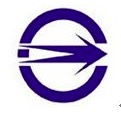
RF (Radio Frequency) Testing Standards
Core testing items and requirements:
1. Frequency Range and Transmit Power
- 2.4 GHz band(e.g., Wi-Fi, Bluetooth, Zigbee):
- Transmit power must not exceed 100 mW (20 dBm).
- Other bands(e.g., 5 GHz) must comply with power limits announced by Taiwan NCC (e.g., 5 GHz may be limited to ≤20 dBm or lower).
- Band compliance:Must strictly adhere to Taiwan NCC’s frequency band specifications (e.g., 2.4 GHz band: 2400–2483.5 MHz).
2. Spurious Emission
- Must comply with NCC LP0002 standard, covering 30 MHz–12.75 GHz.
- Avoid interference with other licensed devices (e.g., TV broadcasts, medical equipment).
3. Occupied Bandwidth (OBW)
- Must meet protocol-specific bandwidth requirements (e.g., Bluetooth typical OBW: 1 MHz channel).
4. Frequency Stability
- Frequency error must not exceed ±20 ppm (e.g., Bluetooth devices must meet this requirement).
5. ModULation
- Must follow protocol-specific modulation techniques (e.g., Wi-Fi: OFDM; Bluetooth/Zigbee: FHSS/DSSS).
- SAR (Specific Absorption Rate) Testing(for handheld devices such as phones, wireless earbuds)
- SAR limit: 2.0 W/kg (averaged over 10g tissue), following ICNIRP and IEEE C95.1 standards.
Electromagnetic Compatibility (EMC) Testing Standards
1. Conducted Emission (CE)
- Standard: CNS 13438 (equivalent to CISPR 22 Class B).
- Tests for electromagnetic interference at power and signal ports.
2. Radiated Emission (RE)
- Standard: CNS 13438 (CISPR 22 Class B).
- Tests for radiated interference in 30 MHz–1 GHz range.
3. Immunity Testing (mandatory for some products)
- Electrostatic Discharge (ESD):CNS 14971 (IEC 61000-4-2), ±4 kV contact discharge, ±8 kV air discharge.
- Electrical Fast Transient (EFT):IEC 61000-4-4.
- Surge:IEC 61000-4-5.
4. Exemptions:
- Low-power Bluetooth devices (e.g., BLE) are usually exempt from emc testing but must confirm product category.
Other Key Requirements
1. Spectral Mask
- Verify signal distribution in the frequency domain according to protocol specifications (e.g., Wi-Fi 20 MHz/40 MHz channel width).
2. Power Control
- Devices must support dynaMIC power adjustment to ensure output does not exceed limits in different scenarios.
3. Band Approval
- Some high-frequency bands (e.g., 5 GHz, 60 GHz) require additional licensing or special usage conditions.
Applicable Standards and Regulations
1. NCC Announcements:
- NCC LP0002:General technical specifications for low-power RF devices.
- NCC LP0003:Supplementary requirements for specific bands (e.g., 2.4 GHz, 5 GHz).
2. International Standards:
- ICNIRP:SAR limit reference.
- CISPR 22:EMC standards for IT equipment.
- IEEE C95.1:RF radiation safety guidelines.
Special Product Requirements
1. Mobile Terminal Devices (e.g., phones, tablets):
- sar testing requiRED (CNS 14959).
- Must comply with Taiwan telecommunication interface standards (e.g., CNS 14958).
2. Fixed Devices (e.g., Wi-Fi routers):
- Focus on power and radiation intensity testing; SAR requirements are lower.
3. Devices with Charging Function:
- Must additionally pass safety tests under bsmi (Taiwan Safety Certification).
Testing Laboratories and Certification Process
- Testing Laboratories:Must select NCC-recognized labs (e.g., JJR Laboratory).
- Certification Mark:After approval, the product or packaging must display the NCC mark + registration number (e.g., CCAJ20LP1234).
taiwan ncc certification for wireless products focuses on spectrum compliance, electromagnetic compatibility, and health safety. Specific requirements vary by product type (Bluetooth, Wi-Fi, phones) and frequency band. Manufacturers must select applicable test items based on product characteristics and ensure compliance with NCC technical specifications.
Email:hello@jjrlab.com
Write your message here and send it to us
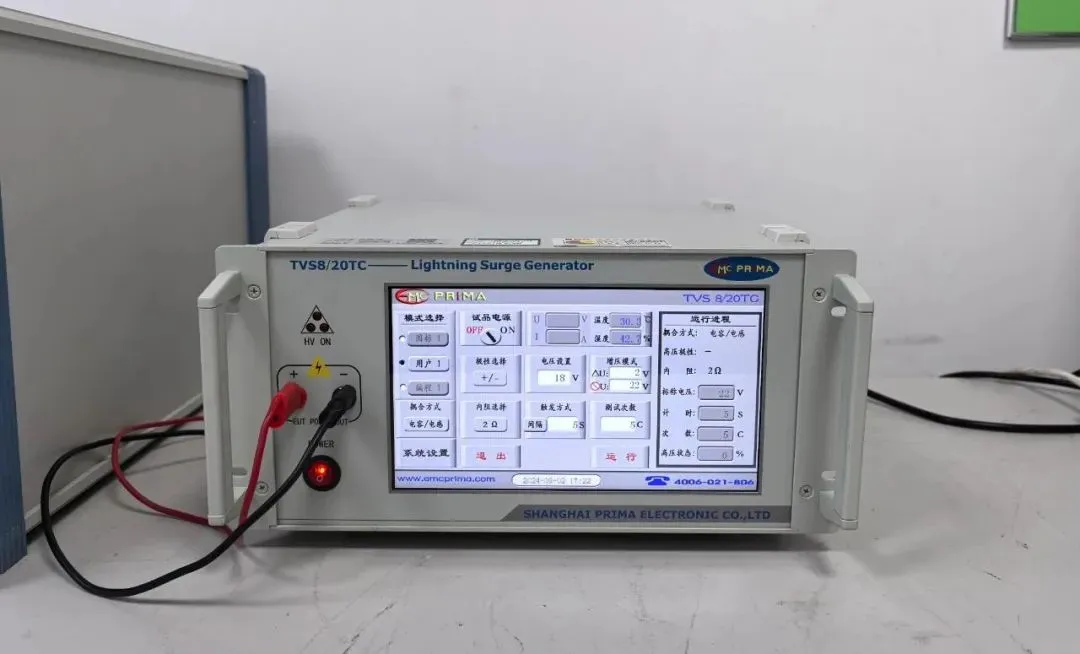 New METI Registration Regulations in Japan
New METI Registration Regulations in Japan
 Attention for Amazon Japan Sellers: New PSE Regula
Attention for Amazon Japan Sellers: New PSE Regula
 Compliance with Japanese Representative & METI
Compliance with Japanese Representative & METI
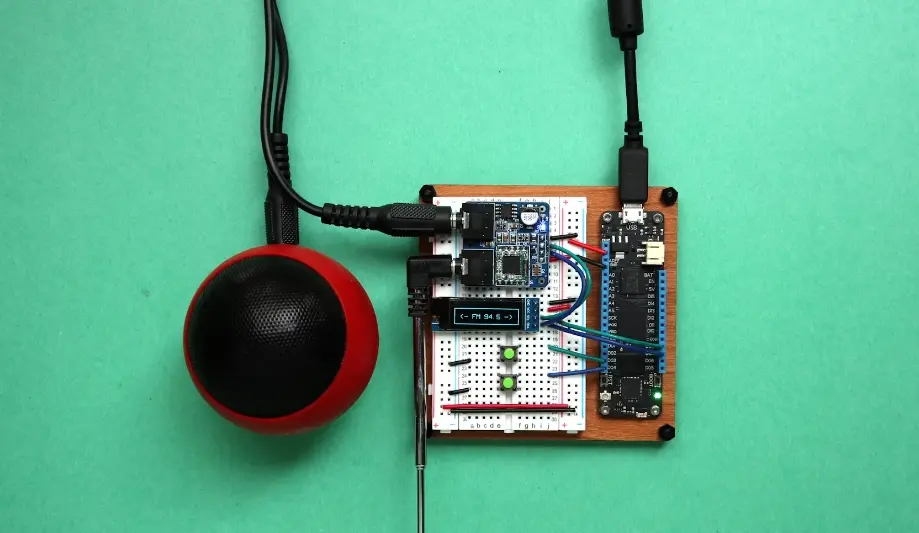 ZigBee-LoRa-Z-Wave Product compliance testing
ZigBee-LoRa-Z-Wave Product compliance testing
 Compliance Testing for FM/AM/DAB/DMB Broadcast Rec
Compliance Testing for FM/AM/DAB/DMB Broadcast Rec
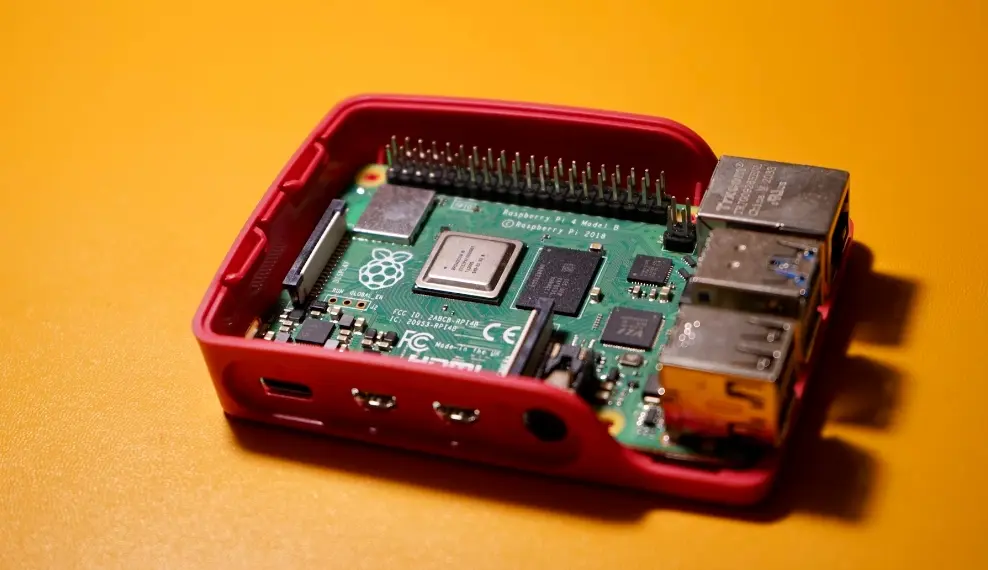 NFC/RFID Product Compliance Testing
NFC/RFID Product Compliance Testing
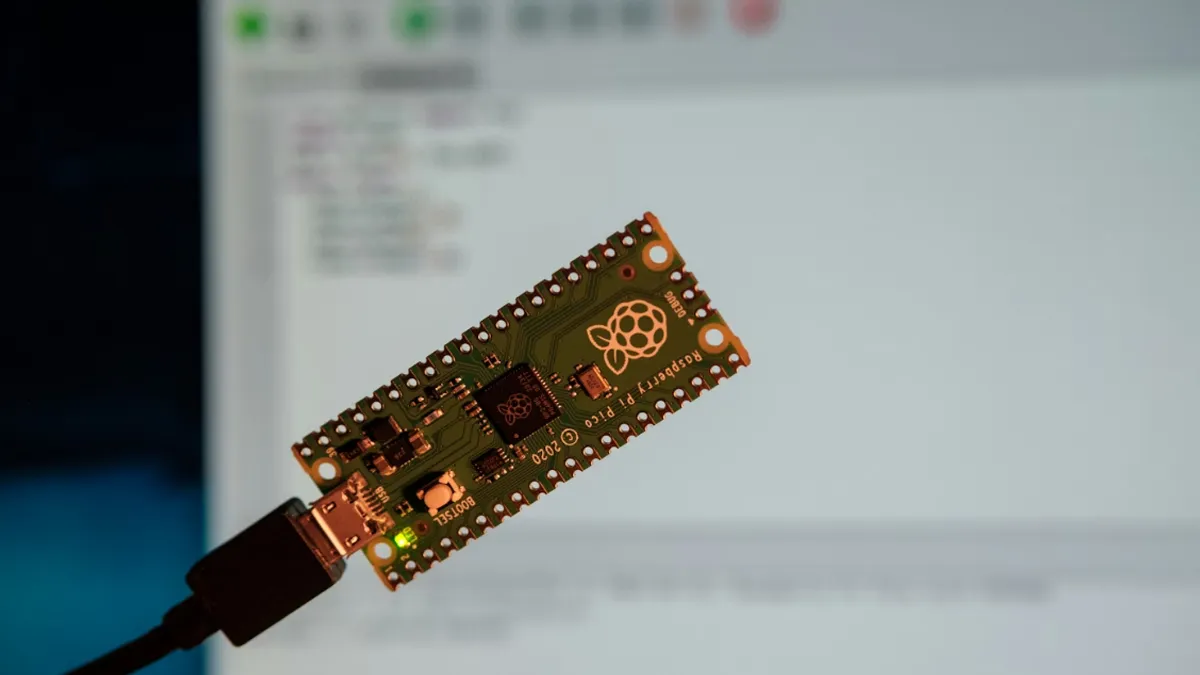 IEC 62368 Safety Standards Test Items and Requirem
IEC 62368 Safety Standards Test Items and Requirem
 How to Obtain EU EN 62368 Compliance Certification
How to Obtain EU EN 62368 Compliance Certification
Leave us a message
24-hour online customer service at any time to respond, so that you worry!




